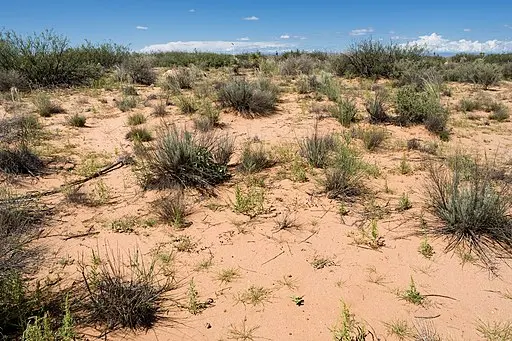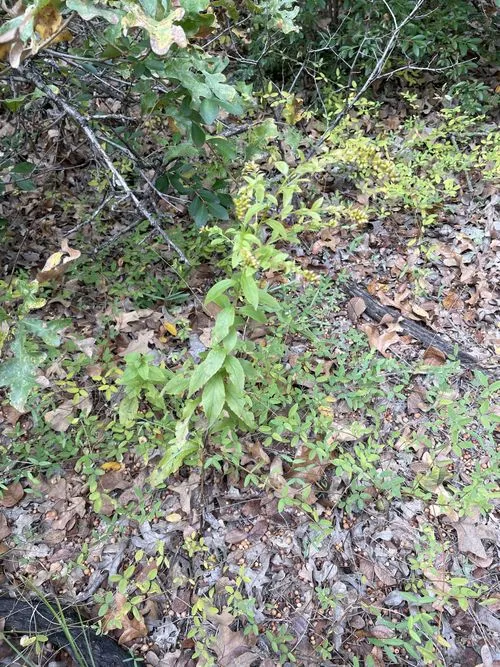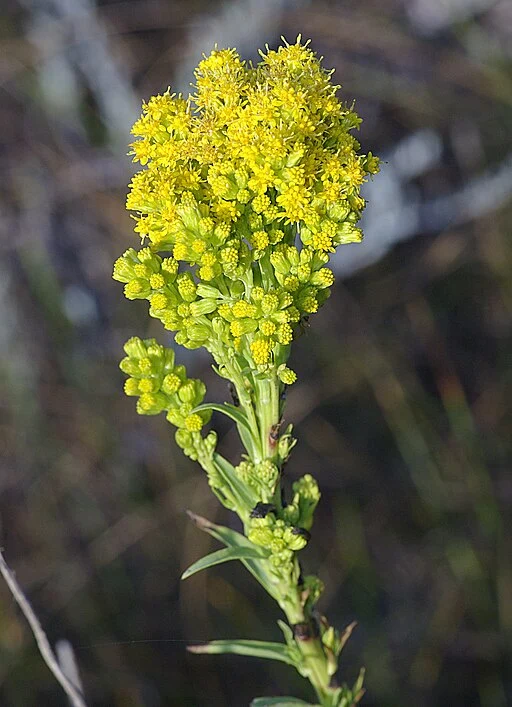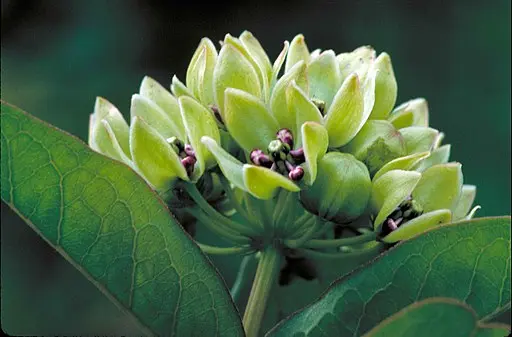Table of Contents for Eastwood’s Milkweed (Asclepias eastwoodiana)
Eastwood’s Milkweed (Asclepias eastwoodiana) is a herbaceous perennial that is native and rare in the state of Nevada in the United States. This plant is a host to the Queen (Danaus gilippus) and Monarch (Danaus plexippus) butterflies. Growing from 4 to 8 inches tall, this species grows in Pinyon-Juniper woodlands and desert shrub and has purple flowers that bloom from May to June. It is hardy in zones 5-7.
Taxonomy and Naming of Eastwood’s Milkweed (Asclepias eastwoodiana)

Taxonomy
Eastwood’s Milkweed (Asclepias eastwoodiana) was originally named and described by Rupert Barneby, a British botanist, in 1945. Through time, this species has been lumped with Ruth’s Milkweed (Asclepias ruthiae). Recent treatments, however, have considered this a distinct species. This plant is a member of the Dogbane Family (Apocynaceae).
Meaning of the Scientific and Common Names
Scientific Name
The genus name, Asclepias, is named for the Greek god of healing, Asklepios (Flora of Wisconsin). The species name, eastwoodiana, is in honor of Alice Eastwood, a botanist at the California Academy of Sciences, who studied a number of milkweeds (Barneby 1945).
Common Name and Alternative Names
The common name comes, as above, likely comes from the last name of Alice Eastwood. There are no other common names known.
Physical Description

- Plant Type: This plant is a herbaceous perennial
- Height: 4 to 8 inches tall
- Stem: The stem is flexible and is slightly pubescent.
- Leaves: The leaves are white margined leaves are oval to circular in shape (Spahr 1991) and a length and width of 1 to 2 inches (Barneby 1945).
- Flower color: purple (Spahr 1991).
- Blooming period: This plant blooms from May to June.
- Fruiting type and period: This plant has follicles that mature in the late summer and fall.
Range of Eastwood’s Milkweed in the United States and Canada

This milkweed species is native to the state of Nevada in the United States.
Habitat

This species grows in pinyon-juniper woodlands and desert shrub habitat (Mozingo and Williams 1981) in places that are calcareous. It is located in elevations of 4,700 feet to 7,100 feet (Gold Point Solar (PDF)).
Hosted Insects
This species is a host for the Monarch Butterfly (Danaus plexippus), the Queen Butterfly (Danaus gilippus).
Other Supported Wildlife

This species is a nectar source to other butterflies, skippers, bees, and wasps during the growing season.
Frequently Asked Questions
Is this plant poisonous?
Like other milkweeds, it has cardiac glycosides (cardenolides) and is considered to be poisonous with ingestion.
Does this plant have any ethnobotanical uses?
The Native American Ethobotanical Database does not cite this species specifically, but milkweeds in general have been used for pharmaceuticals, fibers, and foods.
How is this plant distinguished from other milkweeds?
As described above in the taxonomy this species is very similar to Ruth’s Milkweed (Asclepias ruthiae) and is in a complex with Ruth’s milkweed, San Juan milkweed (Asclepias sanjuanensis) and Wheel milkweed (Asclepias uncialis) (Decker 2006). Perhaps the best way to distinguish them in the field, it that Eastwood’s milkweed is the only one that is in Nevada. Chemically, they can be separated in that the seeds of Ruth’s milkweed have cardenolides and the seeds of this species do not (Sady and Seibert 1991).
Is this plant invasive?
This plant has not been noted as being weedy and is considered rare.
Gardening with Eastwood’s Milkweed

Hardiness
This species is hardy roughly in zones 5-7. If your garden is within these zones and you have the right growing conditions (soil, moisture and exposure), you may well be able to grow this plant. However, if planted outside of its range, the hosted species may not recognize the plant or be harmed by ingesting a different species with an unfamiliar chemical composition. However, this is a rare species and is not in the horticultural trade.
Optimal Conditions
This species can grow in full sun to partial-shade in well-drained sandy soil.
References
- Barneby, Rupert C. 1945. A New Species of Asclepias from Nevada. Leaflets of Western Botany 4(8): 210-211.
- Decker, Karin. 2006. Asclepias uncialis Greene (wheel milkweed): A Technical Conservation Assessment. USDA Forest Service Species Conservation Project.
- Mozingo, Hugh Nelson and Margaret Williams. 1981. Threatened and Endangered Plants of Nevada: an Ilustrated Manual. (Washington, DC: USFWS).
- Sady, Michael B. and James N. Seibert. 1991. Chemical differences between species of Asclepias from the Intermountain Region of North America. Phytochemistry 30 (9): 3001-3003.
- Spahr, Robin. 1991. Threatened, endangered, and sensitive species of the Intermountain Region. (Ogden, UT: USDA Forest Service).



